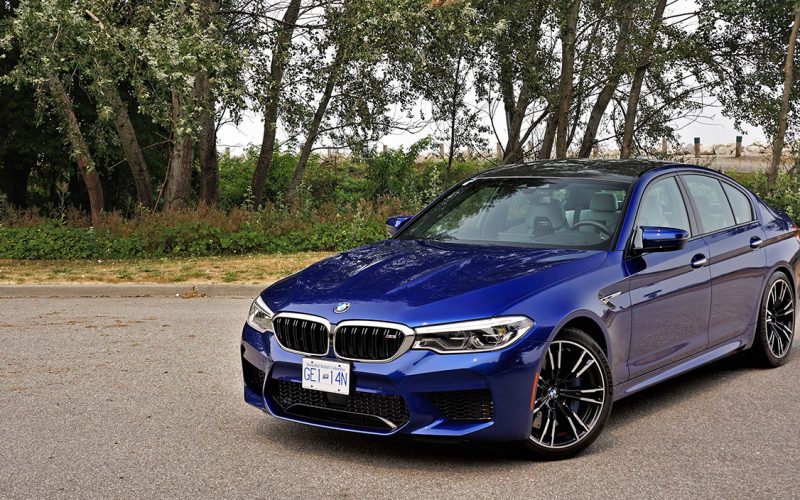
Reading Time: 9 minutesHave you ever wanted something so badly that you fell asleep at night thinking about it
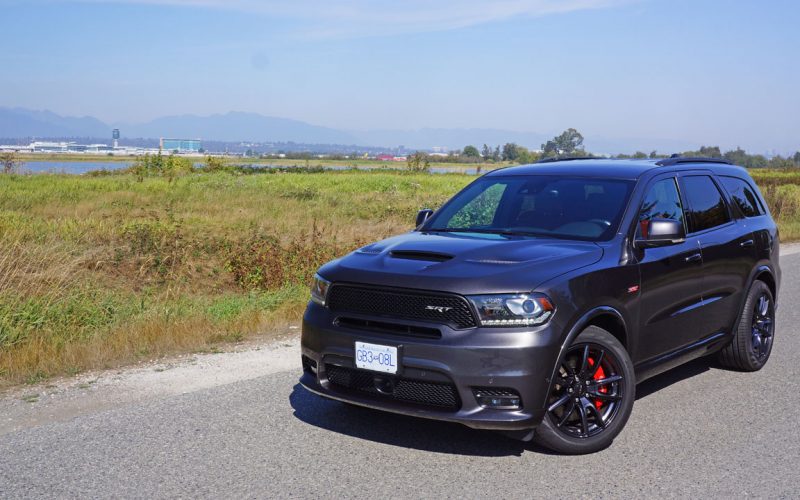
Reading Time: 10 minutesDodge is the Jolt Cola of the auto sector, or for those not old enough to
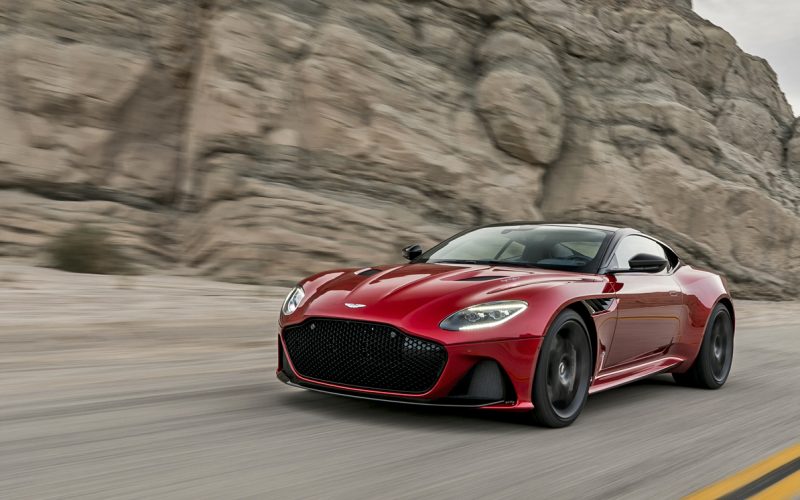
Reading Time: 7 minutesAston Martin has been ultra active so far this year. Some time ago they promised to
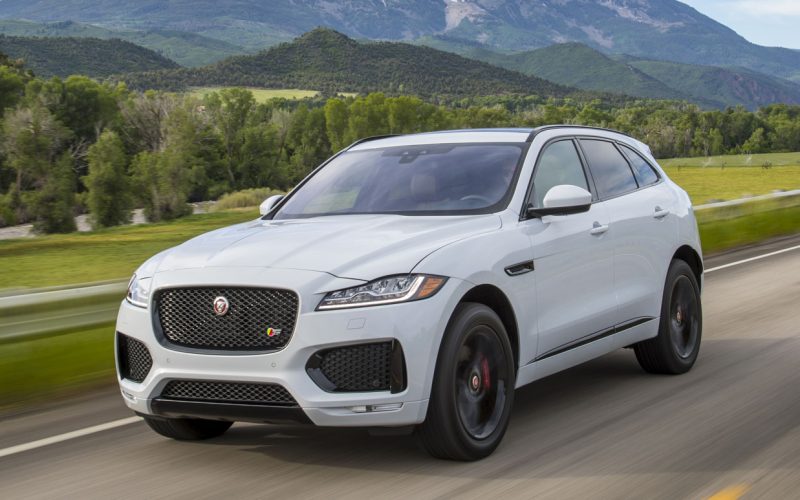
Reading Time: 5 minutesJaguar made news last year by introducing its formidable and efficient new gasoline-powered Ingenium turbocharged and
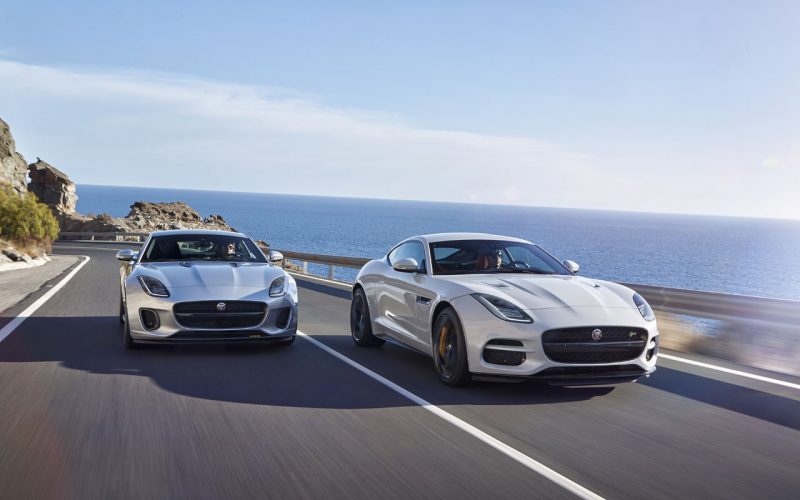
Reading Time: 8 minutesYou can be forgiven for not noticing the mild changes made to Jaguar’s beautiful F-Type sports
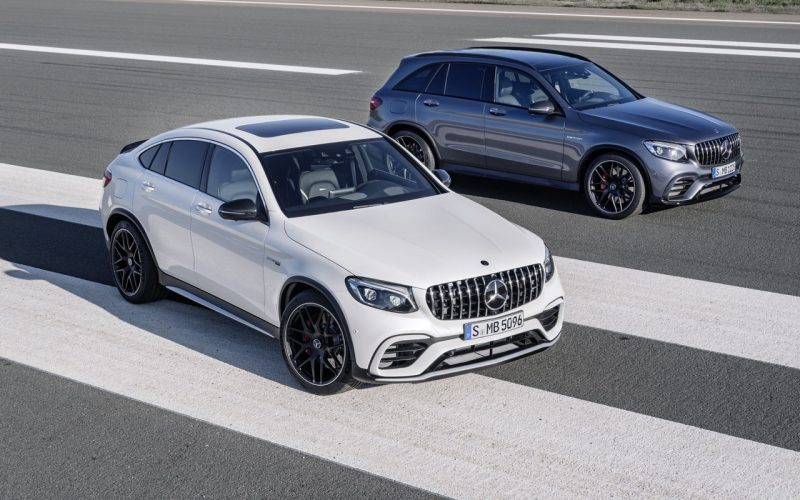
Reading Time: 6 minutesAnyone not cognizant of a steady increase in luxury SUV sales has been focused on other
© 2025 The Car Magazine. All Rights Reserved, Privacy Policy | Terms of Use